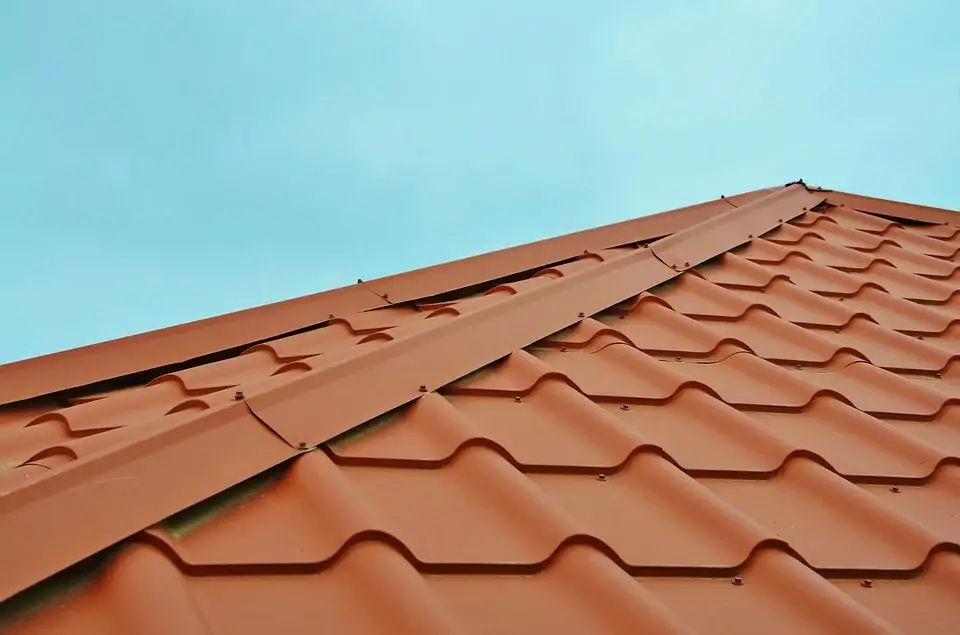Whenever you have maintenance personnel accessing your building’s roof, they would usually place a ladder at the building’s side when possible. While it may be the most efficient way of getting up to the roof, there’s a possibility that people can get injured like slip on the ladder’s surface and fall.
You’re going to have a lot on your hands if your employees get severely injured, so the best way to steer clear of that is by installing a roof hatch. Most storage buildings will have them because they provide safe and easy access to the building’s roof. Before you purchase one for your storage building, you should know that there are several requirements you need to know.
Choose the Right Roof Hatch Size
A roof hatch can come in different sizes that your contractors can install during or after construction. You should know that there are several factors to consider when choosing a hatch size for a specific application. An effective way of choosing is to know how people will use the roof hatch to simply gain access to the roof or use it to remove or install building equipment.
If you need a roof hatch for personal use, a roof hatch with a small opening or single-covers should suffice. You can usually attach a fixed ladder, a ship stair, or a full-service stair on those roof hatch models. You should also note that there are standards you need to follow when installing a roof hatch.
Determining the right roof hatch size will significantly differ in how technicians and maintenance personnel use it. Getting the wrong roof hatch size can cause many problems for your maintenance personnel. They might need to move large building equipment up to the roof but cannot do so because the roof hatch is small. You should talk with your contractors if you need help in choosing the perfect roof hatch size.
Choosing the Right Roof Hatch Material
After deciding the roof hatch size, the next is to determine what roof hatch material you want to install on your building’s roof. Usually, the material will depend on the cost, maintenance considerations, aesthetics, and which area you situate your building. You have several roof options to choose from, including aluminum, galvanized steel, aluminum steel, and copper.
If you want to go for aluminum, you may need to increase your budget a bit more because it’s more expensive than galvanized steel. However, you might like the aluminum roof hatch because of its corrosion-resistant properties, and it also works well in areas where the building’s close to coastal areas. You can also go for aluminum if you don’t want frequent maintenance.
Galvanized steel is the most common roof hatch material that you can find in storage buildings because it’s more affordable than aluminum and corrosion-resistant. You can get the galvanized roof hatch in a primer finish, enabling you to paint it with the same color to match it with its surroundings.
And if you don’t prefer aluminum or galvanized steel, you still have two other options, which are copper and stainless steel roof hatches. However, it might be heavy on your budget because they are the best materials for roof hatches. Stainless-steel materials work best in areas frequently exposed to chemicals and extreme weather conditions. Simultaneously, copper material is the perfect choice whenever you want to focus on aesthetics like restoring old, historical buildings.
Provide Safe and Easy Operation
Technicians and maintenance personnel shouldn’t have a hard time operating the roof hatch because its main job is to ensure they use and pass through it without a problem. Fortunately, most modern roof hatches can provide easy access by using uniform lift assistance. It raises and closes the roof hatch smoothly. Apart from the list assistance, roof hatches should have an automatic hold-open arm to let people pass without the door closing on them.
Don’t forget to note the requirements mentioned to get the perfect roof hatch for your storage building, especially with the many kinds of roof hatches.

